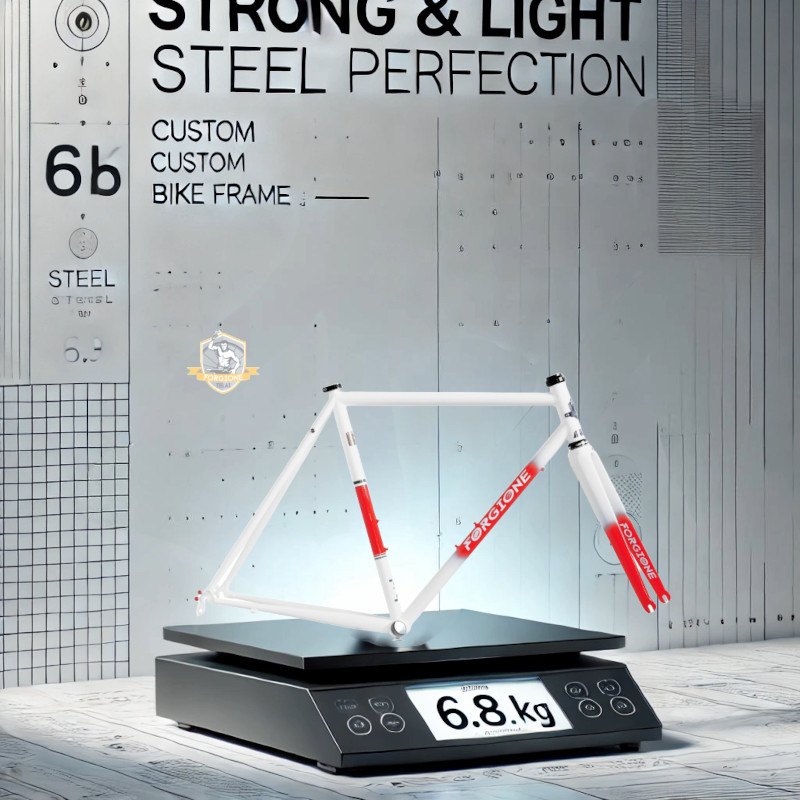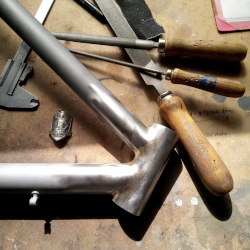
Let's start by saying that on average, the difference between a carbon composite frame and one made of high-grade steel is around 500/600 grams, a weight that is certainly significant when related solely to the mass of the two frames, but becomes practically irrelevant in the overall rider-bicycle combination. For instance, considering a rider of 69 kg, the weight difference in favor of a carbon frame is about 1/150th of the total mass.
The FCI and UCI set the minimum weight for a professional road bike at 6.8 kg, a goal that is easily achievable today with a good steel frame.
My Demonstration Video: 6.85 kg Steel Bicycle
I decided to test this concept and made a demonstration video where I assemble my bicycle using components that are not particularly new or lightweight, and the result is surprising: the total weight is only 6.85 kg. This proves that with the right steel and custom construction, you can go below the 6.8 kg federal limit required for races.
With this demonstration, I want to highlight a fundamental question: why choose carbon to reach the minimum weight requirement when it is possible to achieve the same result with a steel frame, while also maintaining better performance and greater customization?
Therefore, what can justify the rational choice of buying a carbon composite frame, mass-produced using molds, rather than a custom-made, fully customizable steel frame?

If we consider the various parameters of a frame for cycling use, such as stiffness, comfort, fatigue resistance, shock absorption, responsiveness, and so on, the choice of carbon fiber becomes highly questionable.
This is because in creating a good steel frame, a skilled artisan can easily adjust each parameter individually compared to a serially produced carbon frame, choosing, for example, steel type, tube diameter, sections, etc.
So how can the purchase of a 6.8 kg carbon bike be justified?

The only objective motivation, aimed exclusively at achieving the minimum weight, is that by purchasing a carbon frame bike, the goal is achieved while spending less compared to a steel bike.
Today, in fact, a good quality steel frame costs as much as a carbon one of equal quality, except that the latter, as mentioned earlier, weighs between 500 and 600 grams less.
This means that by opting for a carbon frame, it's possible to use cheaper and consequently heavier components. The result is that by spending less, it's possible to buy a carbon bike with the same final weight as a steel one with high-end components, but certainly not with the same performance.
Do you want to see a 6.4kg steel bicycle frame? Check out mine!









 Every frame I craft is tailored to your unique needs and preferences, ensuring a perfect fit and unmatched performance
Every frame I craft is tailored to your unique needs and preferences, ensuring a perfect fit and unmatched performance